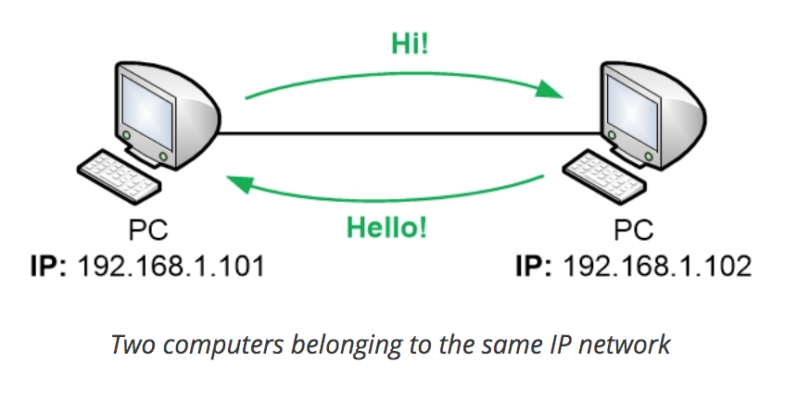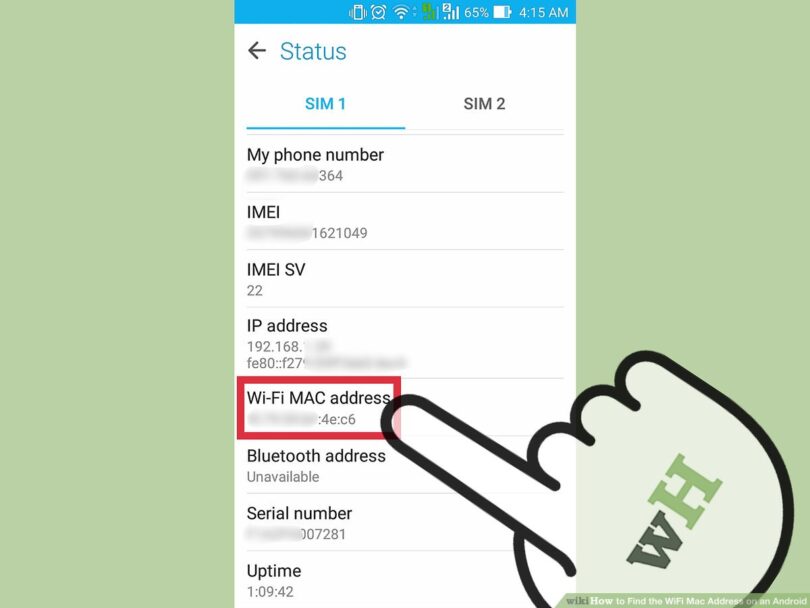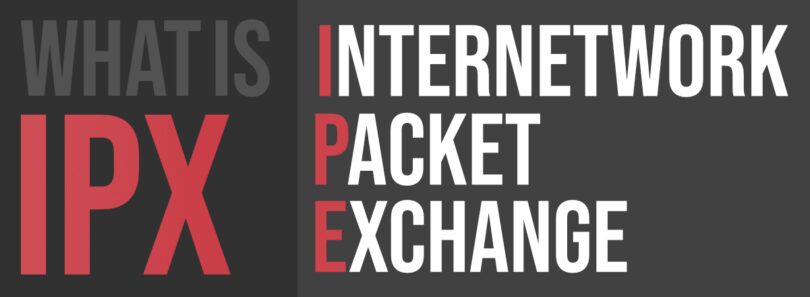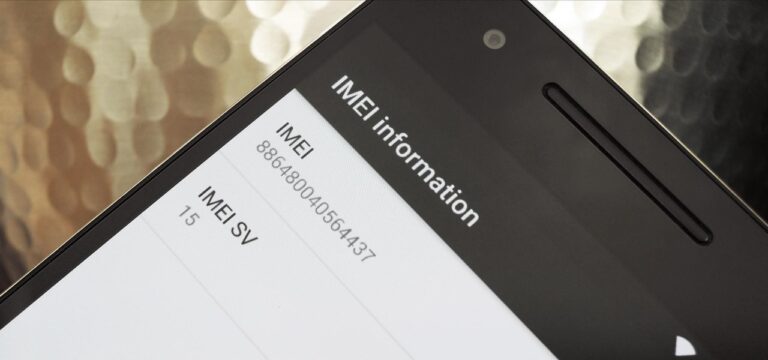Understanding what you need for your brand or business is crucial if you want to be able to finish all of your projects with ease and have uninterrupted collaboration with your clients and teammates. There are a lot of different types of network protocols that can help you with your projects and connectionless communications, and here, we are going to give you more information on what internetwork packet exchange is and we will tell you how does it work.
What is it?
This type of protocol is most commonly used to help rout files and packets from one type of network to the other, as long as they are a part of the same internetwork. This network system offers a lot of different connection services for Ethernet, data-link protocols as well as Token Ring.
Even though some models are being replaced by TCP they are still a strong competitor when it comes to simple and seamless protocols.
The biggest advantage of this platform is that it has a small memory footprint which is a crucial thing for devices that are already burdened by other applications and platforms. It is extremely easy to configure and it does not require you to be tech-savvy. This protocol set up the base for many other similar ones that came after it.
Currently, the original models have been greatly updated to help users with their modern requirements, and even though for some things it may not be the best solution, it is still a great option when it comes to international data and voice, and it is also implemented in mission-critical applications.
How does it work?

This network model follows a layered structure of protocols that allow the applications to have full control over the presentation, session, as well as the application layer. Every coat assists with the coat that is placed above it and it is being assisted by the one that is under it.
It is the best option for LANs or other types of private networks that have different types of communication functions as well as protocols. This is a connectionless model and contains end-user files like IP and network addresses.
It is connection-oriented and it is most commonly used for functions related to data routing as well as connection functions.
Even though the original model of this protocol is not commonly used nowadays, there are modern versions of it, and as you can see if you click here, you will see that the IP exchange services offer simple, secure, and seamless solutions for your internetwork packet exchange needs.
The IPX packets use 32-bit numbers to configure every file link that is part of the connected network. Then, the network digits are assigned so that they are unique for every connected network and at the same time, all of the nodes have the same digits. This is a relatively complex process to understand, and if you want to delve deeper into how the whole system works and how the numbers are separately assigned, the best thing you can do is reach out to an exchange service that will help you understand every part of the connection model.
What are the advantages?

Let’s now see what are the positive things about this system and why users prefer it over some of the other networks. It was specifically designed for LANs and it is the best model that you can find on the market if you are looking for an uninterrupted connection. Since it was built for this specific purpose, no system performs better than it and users have not found any flaws with it when used for local area networks.
This platform has a lot bigger address space when compared to other networks and t offers 48 bits compared to the standard 32 bits that you can usually find on other connection models.
There is no need for DHCP or BootP in this model, and in addition to all this, it includes a local MAC address that you cannot find with the other traditional models.
Even though other positive sides come with this network system, these are the ones that users appreciate the most. Overall it is a stable platform that offers you a lot of space if you choose to use it for LAN purposes.
Are there any drawbacks?

Just like every other system, IPX has its drawbacks that may steer some users away from choosing this network system. Let’s look at some of them.
The biggest disadvantage of this network is that it does not offer as good of a performance as some of the other platforms, and it has a lot of limitations. When compared to the traditional TCP/IP we can see that they offer interoperability, as well as an amazing performance on wide area networks. They have independent standards implemented and they are far more reliable when compared to the internetwork packet exchange.
Another big problem that is considered a big reason why users steer away from IPX is that encrypting the packets and encapsulating the frames requires pretty expensive hardware that is not fit in everyone’s budget. The far better option is using IPSec VPN where users don’t have to throw money away on devices that they are not going to need in the long run.
Lastly, when users choose this network for use of the world wide web, and its applications, the money that they would need to invest for the overall packages is going to be higher than just opting for VPNs. Note that all of these things depend on the provider that you have chosen to deliver IPX for you, and with the advancement of technology, many of these drawbacks have been avoided and fully excluded. When looking for the right provider for your needs, address these potential problems, and ask if they offer reliable solutions.
Now you know more about this network, how it works, and its uses. At the end of the day, there are a lot of reasons why users opt for it, and it provided a stable and secure connection for those who are looking for a LAN. Nevertheless, it is always better to consult with experts if this is the right model for your needs, and how you can benefit from it. Make sure you collaborate with the right provider that will offer you an uninterrupted simple, secure, and seamless network connection.




